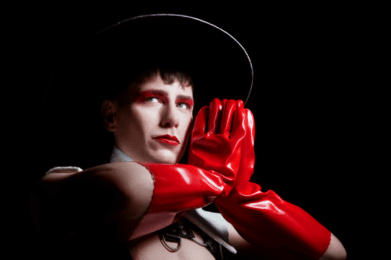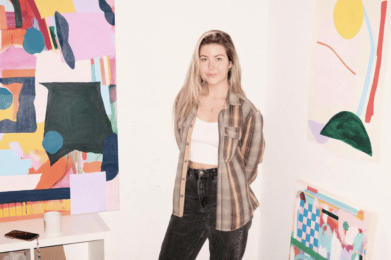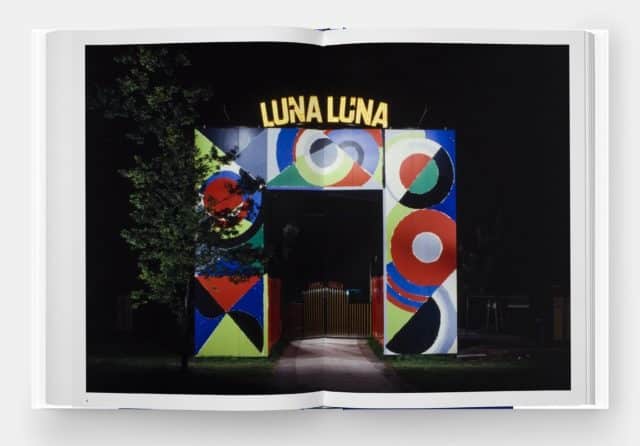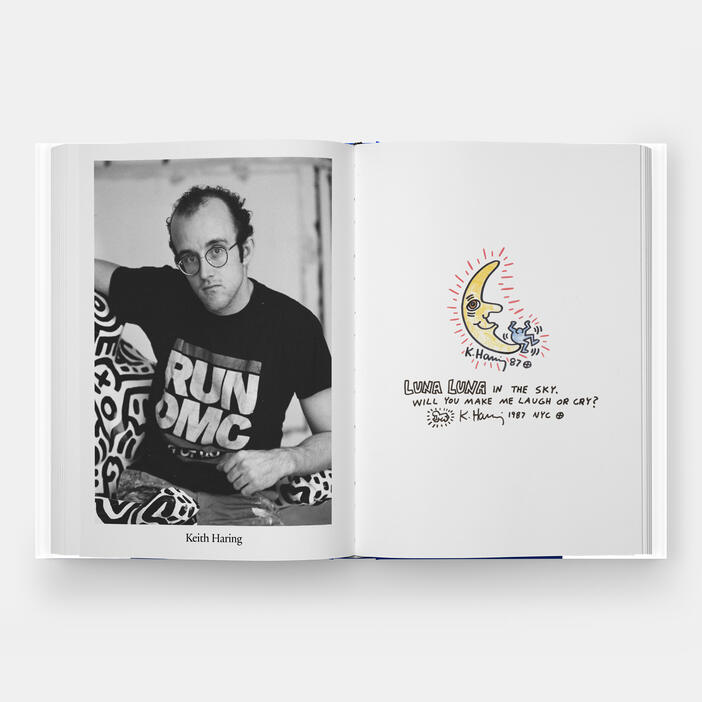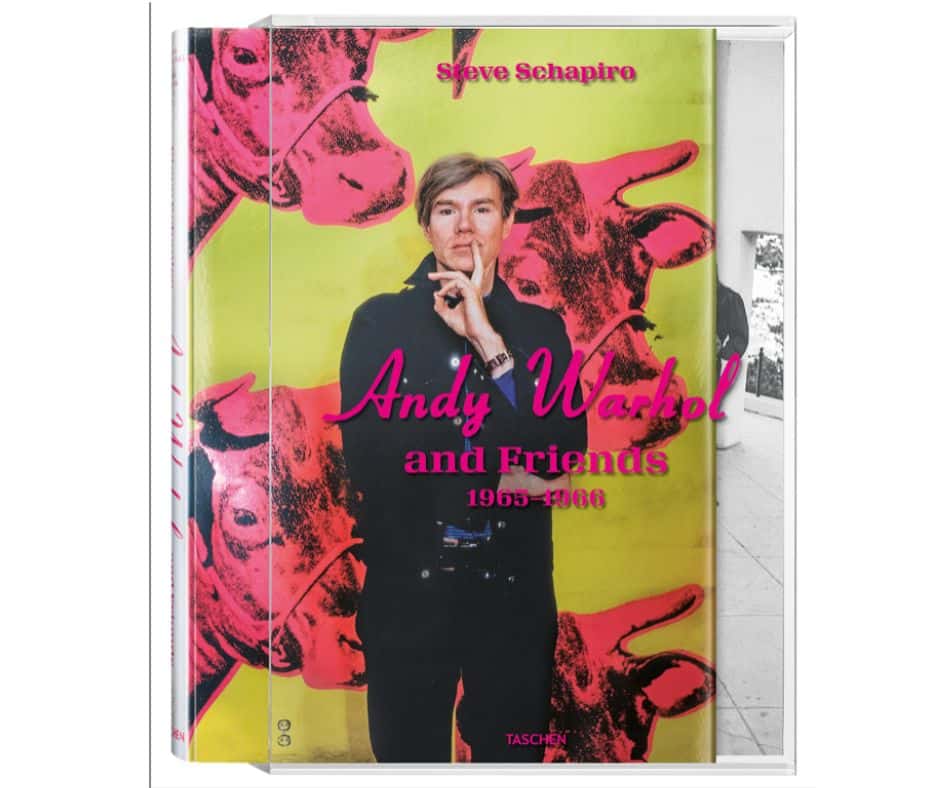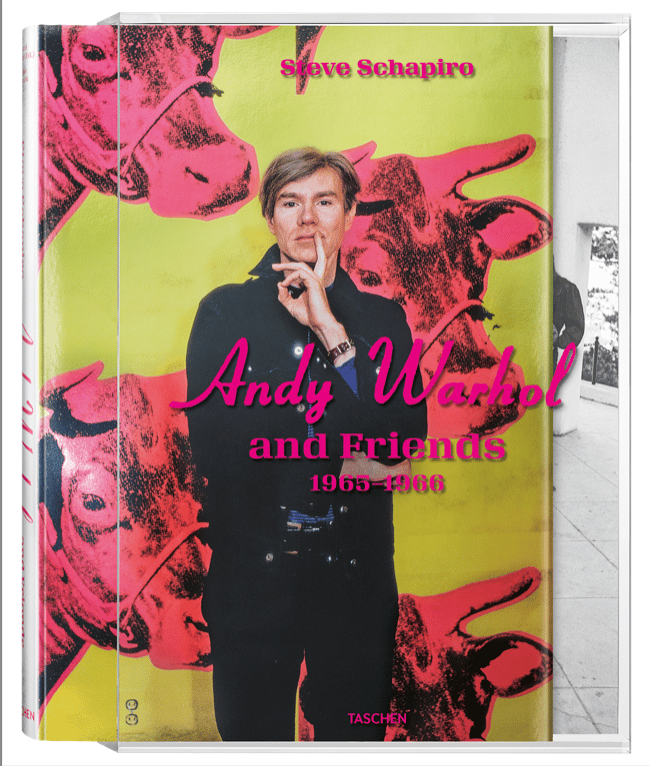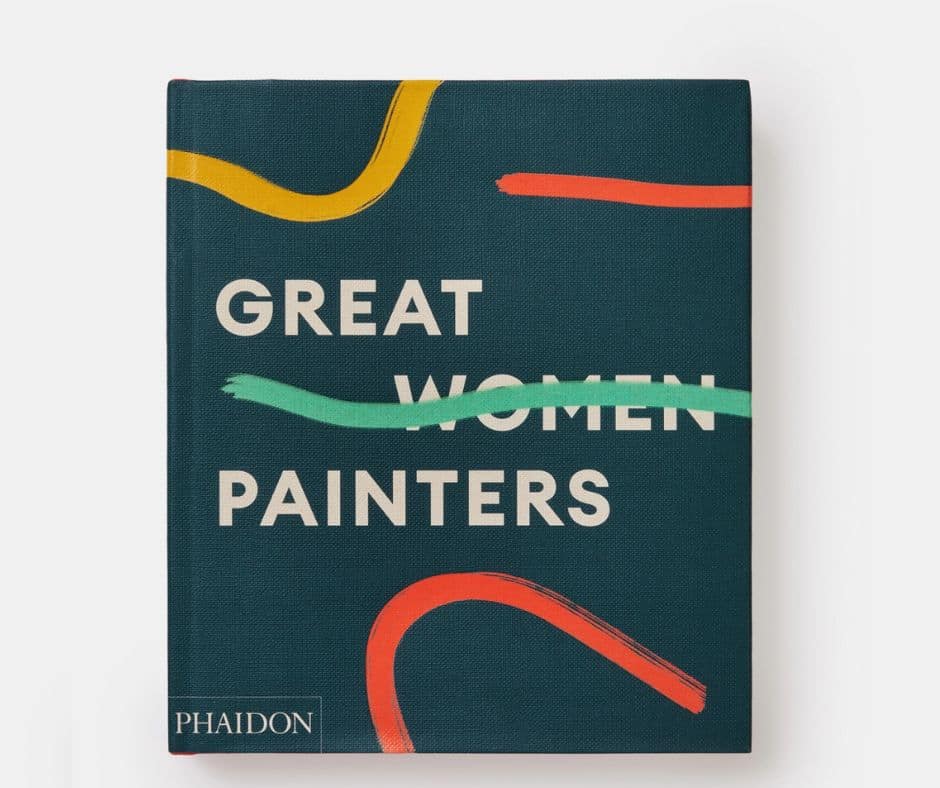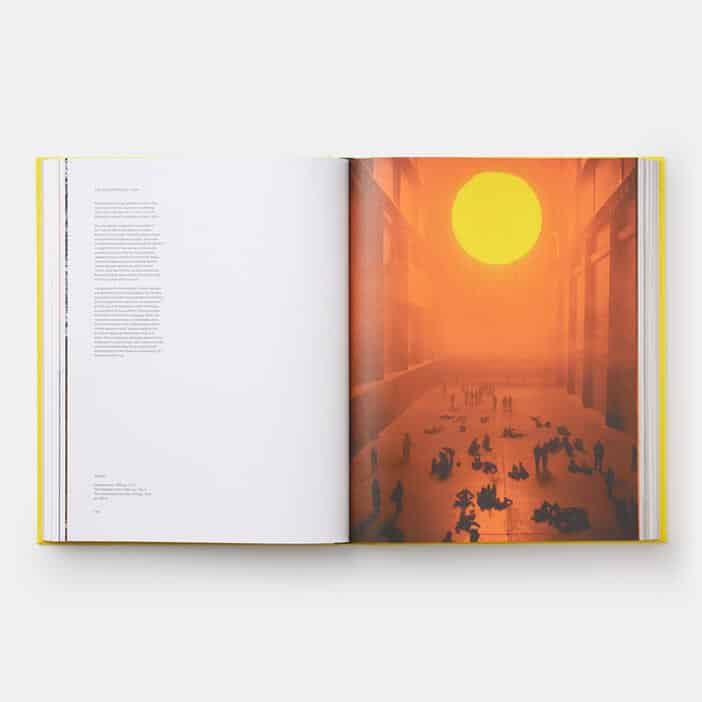Book Review: Louise Bourgeois Made Giant Spiders and Wasn’t Sorry
Book Review: Louise Bourgeois Made Giant Spiders and Wasn’t Sorry
Fausto Gilberti, an Italian picture book maker, has been publishing stories about famous artists for over ten years. With international success and sold in museum bookshops across the world, these books introduce children to exciting artists from Yayoi Kusama to Banksy, turning these life stories into accessible bedtime reads.
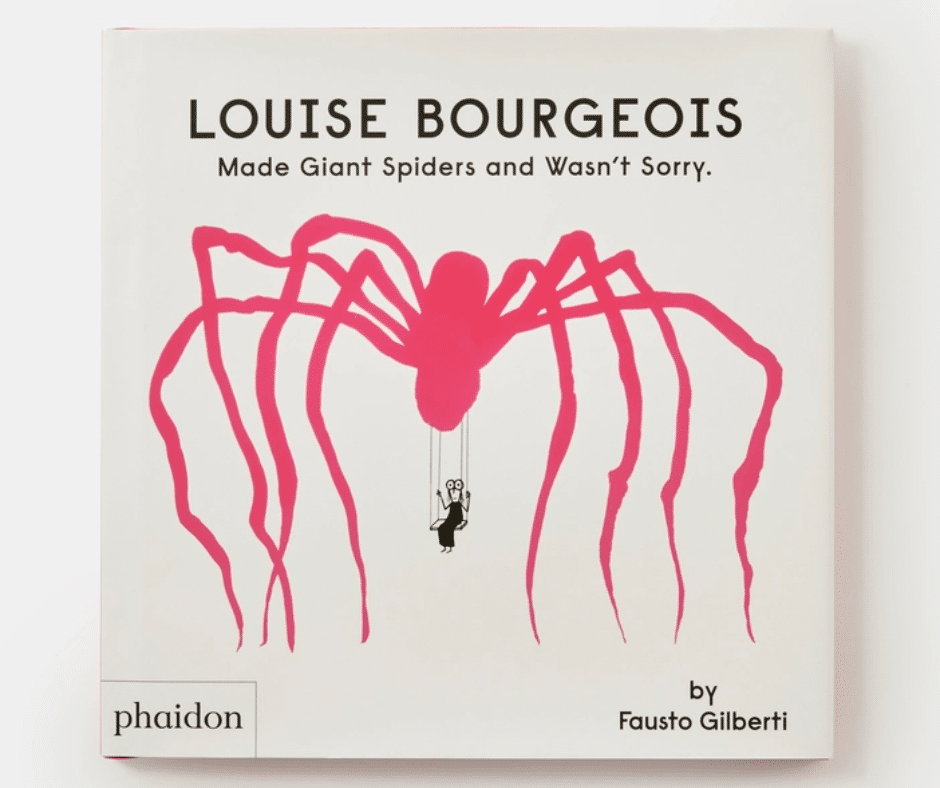
Buy now: Louise Bourgeois Made Giant Spiders and Wasn’t Sorry | Art | Store | Phaidon
The most recent instalment of Gilberti’s art picture books is Louise Bourgeois Made Giant Spiders and Wasn’t Sorry (2022). A Canadian artist, she is most famous for her colossal arachnids, a sculptural series that she started in her late 80s. Haunting and gigantic, Maman (1999) first appeared at the opening of Tate Modern.
The spider became an immediate sensation, and six versions of it are now on permanent display in England, Canada, Spain, Japan, USA, and Qatar respectively. It’s earned a place in modern art history, and the story of its maker is worth revisiting.

Buy now: Louise Bourgeois Made Giant Spiders and Wasn’t Sorry | Art | Store | Phaidon
Gilberti cleverly selects artists who are unconventional. Their out-of-the box thinking and methods translate well to the picture book format. His characters aren’t just painting or drawing, they’re engaging in wacky and surprising creative acts. Children will delight in seeing Bourgeois create enormous sculptures, and her own childhood is well documented. After all, Maman is a tribute to her mother, a skilled weaver.
Scenes of a young Louise fixing tapestries with Josephine give heartwarming context to later creations. The story then thunders through her long art-career, stopping along the way to show some of her more eye-catching works. It naturally ends with the making of Maman, and even a picture-book retelling conveys how impressive the achievement was. Few artists ended their careers with as much showmanship as Bourgeois.
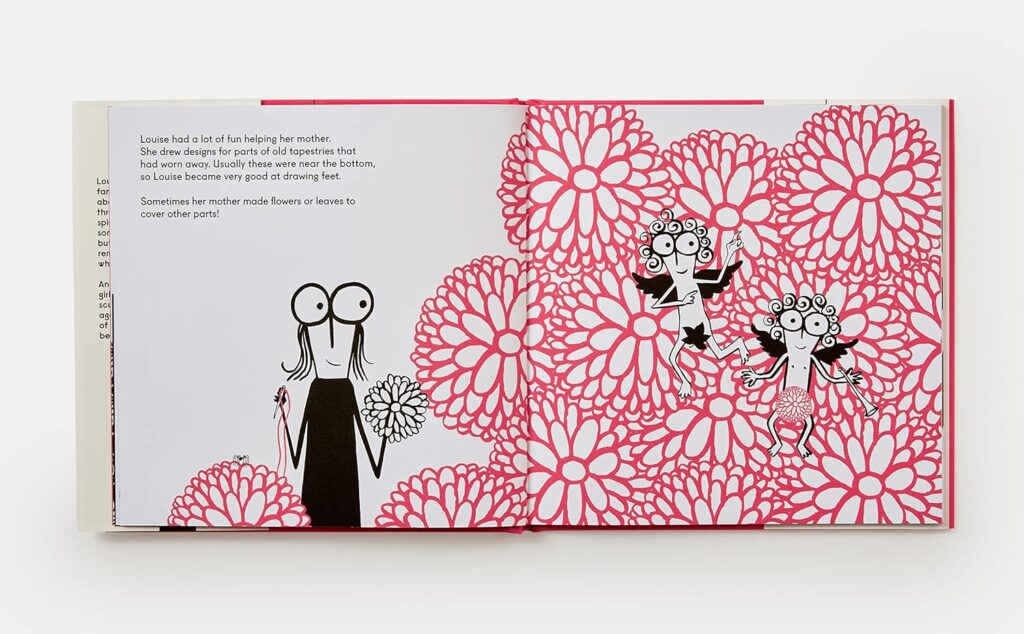
Buy now: Louise Bourgeois Made Giant Spiders and Wasn’t Sorry | Art | Store | Phaidon
This is a fun picture book that encourages kids to use their imagination. Giberti’s spidery doodle-style is well suited for Bourgeois and her strange-but-sweet works. This book isn’t suitable for children who struggle with arachnophobia. Those readers would be better served choosing a different artist from this series.
Overall though, this is a wonderful addition to any young art-fan’s library, and works especially well for a mother/daughter reading session. Louise Bourgeois Made Giant Spiders and Wasn’t Sorry reminds child and parent alike just how thrilling art can be.
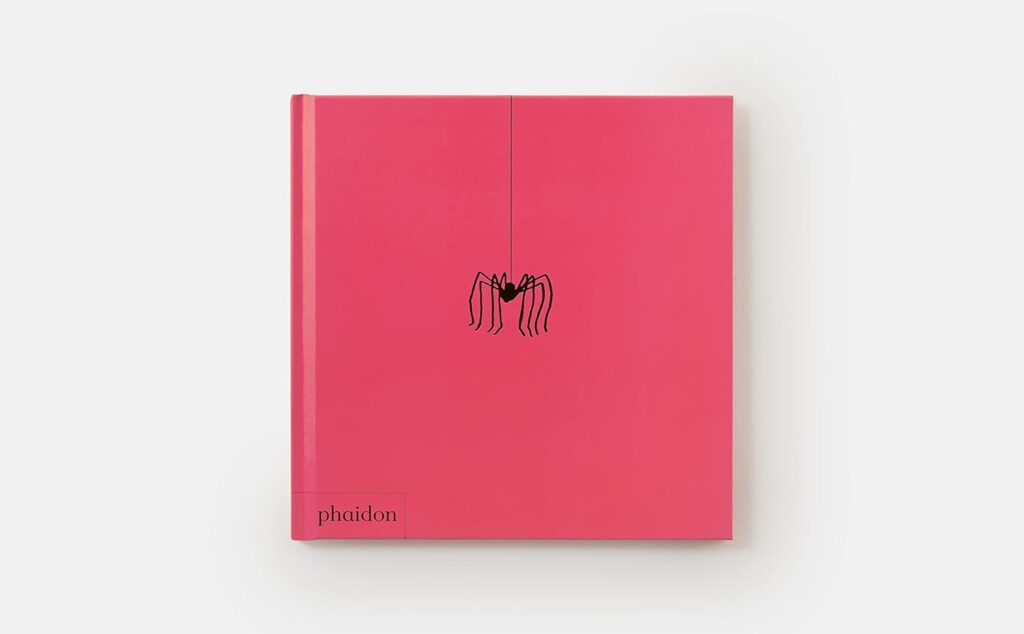
Buy now: Louise Bourgeois Made Giant Spiders and Wasn’t Sorry | Art | Store | Phaidon

Latest Exhibitions
Turning Heads: Rubens, Rembrandt and Vermeer
We Make Our Own Histories
Spirit of Place
More News
Book Review: Louise Bourgeois Made Giant Spiders and Wasn’t Sorry Read More »

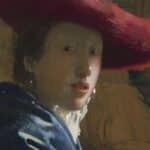

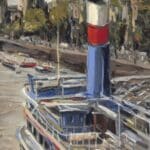


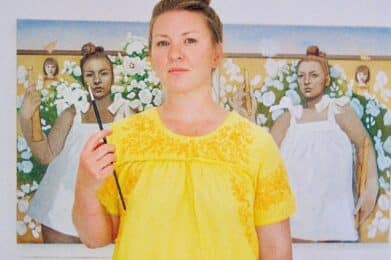
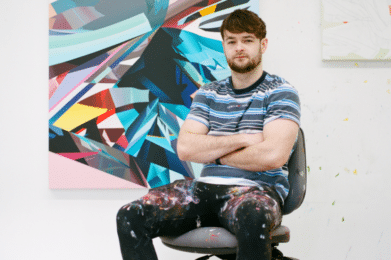







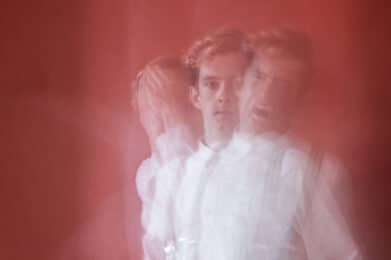
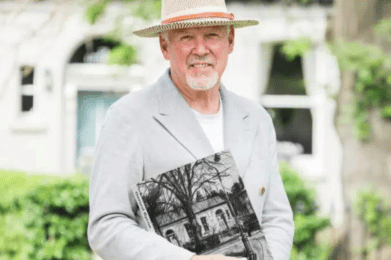

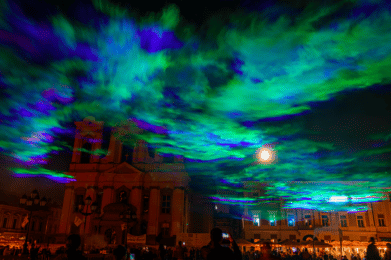

![Conversation with Maser: “I found graffiti definitely was the vehicle for me to be able to really explore what I wanted to do, meet similar peers that had the same sort of mindset as me […]”](https://dublinartlife.com/wp-content/uploads/2022/09/DAL-Interview-4-391x260.png)
